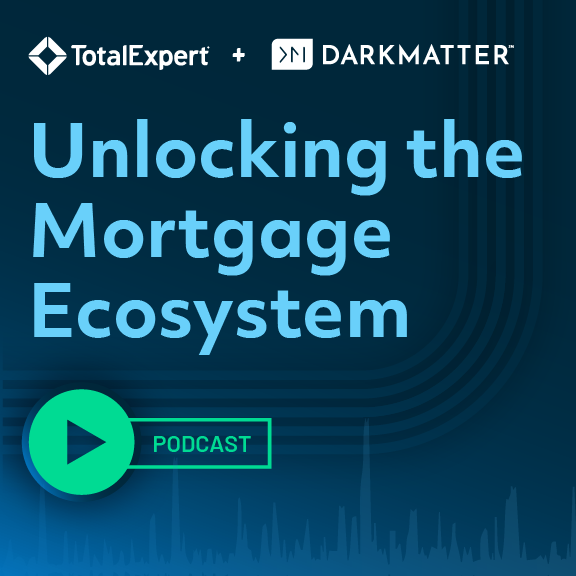Marketing departments are frequently under fire from their sales organizations. The salesperson wants to quickly (as in, yesterday) deploy marketing flyers or emails, and they are feeling the pressure to close deals – pressure they inevitably pass on to marketing.
Your marketing team may feel like you’re playing a game of whack-a-mole.
Marketing teams within financial services organizations need to strike a balance between creating high-end marketing materials and producing content at a velocity that keeps your sales organization happy.
But – how?
Assess the need.
First, ask yourself: who are you trying to market to – and then put yourself in their shoes. How can your organization make their life better and how can you convey that through your marketing materials?
Next, define the intent of why the buyer would be interacting with this piece of content and then tailor the content to meet that specific need.
Break down silos and work cross-functionally as a marketing team to ideate together with copywriters, designers, videographers and more. Get all ideas on the table in this ideation stage before you start creating so that you don’t have to back-track and waste precious time.
Determine the best channel for your particular message.
What are the various channels you have at your disposal to communicate this information – video, social, email, print, digital and more? What would be the best channel(s) for this particular message?
Ask yourself: How can you give people a great experience interacting with your marketing? How can you really connect with people through your marketing?
Print is making a comeback, but not in the traditional sense. Print today looks and feels a lot different than it used to. How does the consumer feel when they interact with your brand? Really try to connect with the individual through all of your marketing materials.
Develop a framework for the marketing campaign.
Put your key messages and your tactics together to know what you’re going to create and when you’re going to deliver it.
While you’re working on executing your plan, share it. If salespeople know you are working to create great content, they will feel supported in their efforts.
Execute your plan.
Now that you have a plan, start creating. Your content creators will set the tone for the campaign and the designers should design around the message.
Make excellent content before designing the marketing collateral. The design should happen organically around the content.
Communicate. Communicate. Communicate.
Now that you’ve created these wonderful marketing materials, share them with your sales team. It seems all companies struggle with internal communications. Remember, your co-workers are not mind-readers. Make sure they know what new materials have been created and how they could use them with prospects and clients.
And then tell them again.
And again.
The right marketing technology can support the process of creating and delivering solid marketing materials – and making sure they get used – particularly when working with a widely distributed sales force.
Amidst all of this, pause, and put yourself in the salesperson’s shoes – for anyone who’s ever been 100 percent commission, you know how incredibly stressful that can be. Acknowledge this stress and give your sales team some grace when they try to engage you in a game of whack-a-mole – but don’t take the bait.


